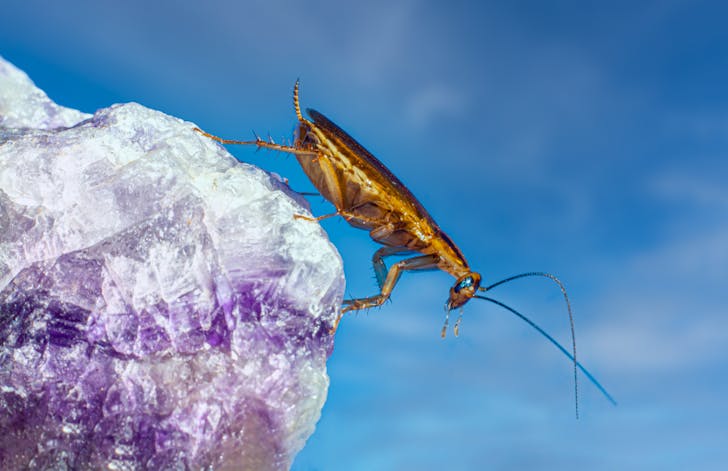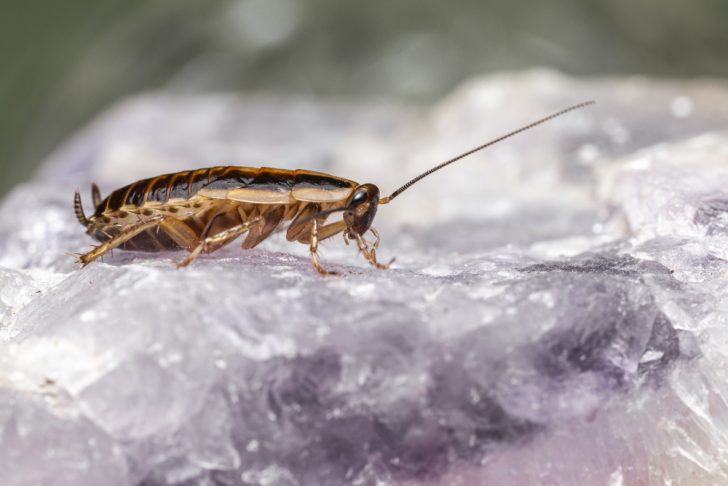Cockroaches have been on Earth long before humans, surviving conditions that wiped out countless other species. These insects have outlasted ice ages, predators, and modern pest control. Their abilities are not simple quirks but refined traits honed over hundreds of millions of years.
Cockroaches originated around 320 million years ago and adapted to repeated environmental shifts that destroyed less hardy creatures. Ancient fossil records show they retained body structures that required minimal changes.
This means they already possessed traits that could handle climate swings and scarce resources across different eras.
Their genetic makeup is full of gene families linked to detoxification and strong immune responses. These genes let them thrive in places thick with pollutants or pathogens that would destroy other insects.

Erik Karits / Pexels | Cockroaches originated around 320 million years ago.
Cockroaches breathe through small openings along their bodies, not through their heads. This setup means that if one loses its head, it can continue moving and functioning for several days. Blood loss is minimal because of their open circulatory system, and they only die when they can no longer drink water.
These resilient insects can withstand radiation doses far beyond what humans can survive. Lab tests show they endure levels that would cause immediate cellular collapse in mammals. The myth about surviving a nuclear blast is exaggerated. Yet, their cellular repair systems are proven to handle radiation remarkably well.
Extreme temperatures barely slow them down. Some species endure freezing nights, then resume activity when the air warms slightly. Others are active in sweltering heat, using behavioral patterns to find shade or cooler microclimates within walls or soil to regulate their survival.
Cockroaches can close their spiracles and hold their breath for up to 40 minutes. This skill helps them conserve moisture and survive dry spells without quickly dehydrating. In urban environments, this lets them hide in tight, dry areas where other insects would quickly perish.

Freepik | Cockroaches process toxins faster than most bugs. This allows them to eat food sources that are often unsafe.
However, they can go for weeks without food and survive two weeks without water. A slow metabolic rate means they use stored energy efficiently. This trait allows entire populations to linger long after other pests have starved in abandoned buildings or neglected spaces.
Cockroaches eat materials that most creatures avoid. They consume decaying organic matter, glue, soap, and even human waste. This feeding flexibility makes them almost impossible to eliminate by starving them out. Even in resource‑poor settings, they can find enough sustenance to keep thriving.
A single female can produce thousands of offspring in a year. Many species carry protective egg cases that shield developing nymphs from harmful conditions. This high birth rate ensures that even when pest control methods remove many, populations bounce back quickly.
Oothecae are durable casings that safeguard multiple eggs inside. These structures keep embryos safe from temperature shifts and predators. When the young emerge, they do so already positioned in environments suited for survival, which strengthens their numbers from the start.
